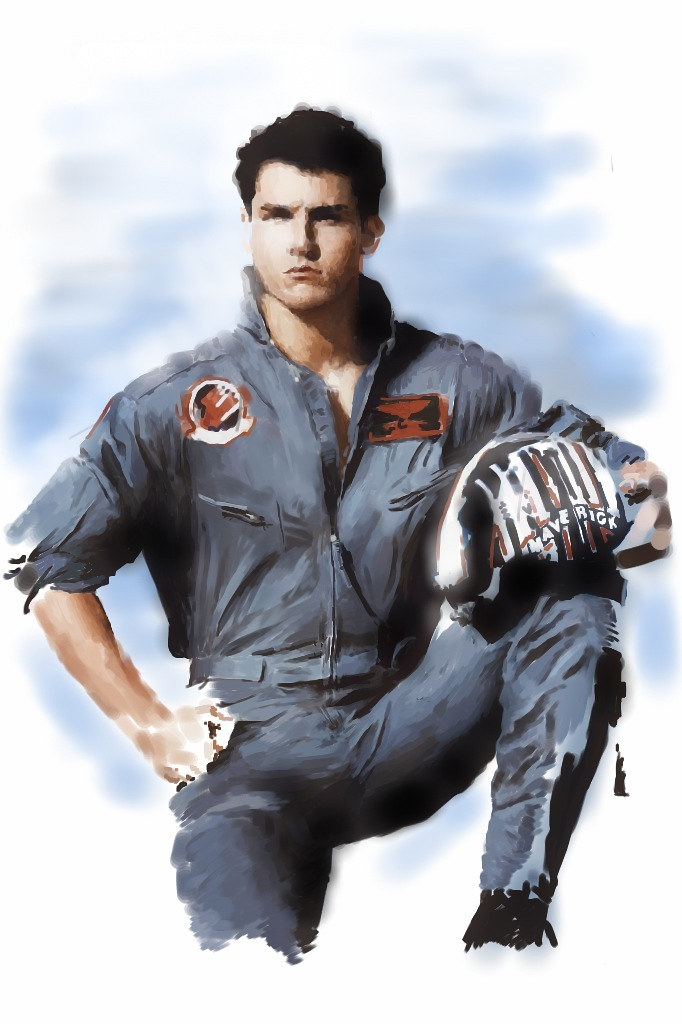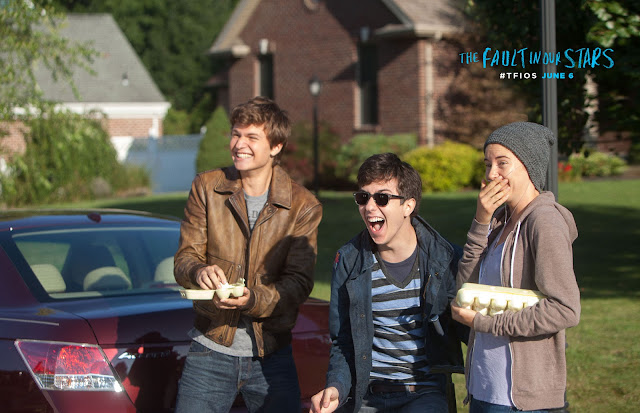Have you ever found yourself completely reevaluating a character upon a second viewing of a film? It’s a bizarre yet utterly fascinating experience when a character you once pegged as the villain turns out to be not so bad after all. Or, even more intriguing, when a hero’s journey takes a dark turn, transforming them into the very thing they once fought against. The world of cinema is rife with such complex characters, and it’s these figures who often leave the most lasting impact on us. Let’s dive into the rich tapestry of film history and unravel the threads of some of the most compelling character arcs, from ‘Top Gun’ to ‘The Godfather’, and explore what these shifts tell us about morality, redemption, and the human condition.

Our journey begins with a look back at ‘Top Gun’, a film that, for many, encapsulated the essence of 80s action cinema. On the surface, it’s a story of rivalry and camaraderie in the high-stakes world of naval aviation. Maverick, with his cocky demeanor and devil-may-care attitude, was the quintessential action hero. Or so it seemed. A rewatch, however, reveals a different narrative. Maverick’s actions, far from heroic, often border on recklessness, endangering not just himself but his fellow pilots. In contrast, Iceman, initially seen as the cold, calculating antagonist, emerges as the true team player, embodying the qualities of leadership and responsibility. The film subtly shifts the traditional roles of hero and villain, challenging our initial perceptions and inviting us to question our understanding of heroism.

This theme of complex morality isn’t unique to ‘Top Gun’. Take ‘The Godfather’, for instance. Widely regarded as one of the greatest films ever made, it presents us with Michael Corleone, a character who initially stands as a beacon of hope against the backdrop of his family’s criminal empire. Yet, as the story unfolds, Michael descends into a world of violence and power, becoming even more ruthless than his predecessors. It’s a stark reminder that the road to hell is often paved with good intentions, and even the most virtuous can be consumed by the darkness they once sought to eradicate.
The transformation of heroes into villains (and vice versa) is a recurring motif in cinema, seen in the likes of ‘Star Wars’, ‘The Dark Knight’, and ‘Shutter Island’. These characters start their journey with noble intentions, fighting for justice, love, or simply survival. However, as they face the corrupting influence of power, trauma, or the harsh realities of their world, they undergo a profound change. Anakin Skywalker’s journey to becoming Darth Vader is perhaps one of the most iconic examples, illustrating the tragedy of a hero’s fall from grace. Meanwhile, ‘The Dark Knight’ presents Harvey Dent’s transformation into Two-Face, encapsulating the idea that anyone, no matter how righteous, can become what they most despise under the right circumstances.
These stories resonate because they reflect the complexities of our own nature. We all harbor the potential for both good and evil, and it’s the choices we make that define us. The fascination with character transformations in film taps into our deepest fears and aspirations. It confronts us with the uncomfortable truth that the line between hero and villain is often thinner than we’d like to admit.
In examining these characters, we’re forced to confront our own moral compasses. What would we do in their shoes? Are we so different from Maverick, Michael Corleone, or Anakin Skywalker? These films challenge us to look beyond the surface, to question our judgments and biases. They remind us that everyone has a story, and that understanding and empathy are crucial in navigating the complex landscape of human morality.
As we delve deeper into these character arcs, we’ll explore not only what drives individuals to change but also how these transformations impact the audience. The journey from villain to hero, or hero to villain, is not just a narrative device; it’s a mirror reflecting our own struggles with identity, morality, and the human condition. So, buckle up, dear reader, as we embark on this cinematic voyage, unraveling the mysteries of character and self along the way.
The Psychological Impact of Character Transformations on Audiences
Diving into the realm of character transformations from heroes to villains and vice versa not only entertains but deeply affects the way we perceive stories and, by extension, our understanding of the world. These arcs do more than just tug at our heartstrings; they invite us to embark on a psychological journey, questioning the very essence of what it means to be ‘good’ or ‘evil’. The narrative magic of cinema has the power to reshape our views, encouraging us to rethink our moral alignments and empathize with figures we might have otherwise dismissed as mere antagonists.
Consider the moment when we sit in the darkened theater or in front of our screens at home, immersed in the lives of characters like Maverick from ‘Top Gun’ or Michael Corleone from ‘The Godfather’. Initially, we root for them, drawn to their charisma or their noble intentions. Yet, upon rewatching, when we are armed with the knowledge of their fates, our perception shifts dramatically. This shift is not just a testament to the storytelling prowess of filmmakers; it’s a reflection of our own capacity for change and understanding. The characters’ journeys from light to dark (or vice versa) echo our own struggles with right and wrong, making their stories universally compelling.
This transformative viewing experience goes beyond mere entertainment; it becomes a form of emotional education. Movies like ‘Carrie’ and ‘The Shining’ show us the consequences of societal and familial pressure, urging us to reconsider who we deem as the ‘monster’. The tragic arcs of characters like Carrie White or Jack Torrance force us to confront the darker aspects of human nature and society’s role in shaping an individual’s path. By empathizing with their plights, we are prompted to reevaluate our judgments and prejudices, fostering a deeper cultural and psychological understanding.
Moreover, the realization that heroes can fall from grace, as seen in ‘Star Wars’ or ‘The Dark Knight’, serves as a poignant reminder of the fragility of morality under the pressures of power, trauma, and fear. It challenges the binary view of hero and villain, revealing the complexity of human nature. This narrative ambiguity encourages audiences to embrace a more nuanced perspective of morality, recognizing the potential for good and evil within us all. It’s a call to reflect on our own values and the decisions we make in the face of adversity.
In addition to prompting self-reflection, these character transformations have a profound communal impact. They spark discussions and debates among viewers, fostering a shared experience of questioning and understanding. This collective engagement strengthens our social bonds and enhances our empathy, as we navigate the moral dilemmas presented by these stories together. It’s through these discussions that we often find solace in our shared humanity, realizing that the line between hero and villain is often a reflection of our own inner conflicts.
As we witness the evolution of characters from villains to heroes or vice versa, we’re reminded of the power of redemption and the possibility of change. This narrative element not only adds depth to our favorite films but also offers hope and inspiration in our own lives. It champions the idea that no one is beyond redemption and that change, although difficult, is always possible. Through the lens of cinema, we learn that forgiveness, understanding, and growth are attainable, even in the darkest of circumstances.
The psychological impact of character transformations in cinema is profound and multifaceted. It challenges our perceptions, encourages empathy, and promotes a deeper understanding of the human condition. As we revel in the complexity of these characters, we’re invited to embark on a journey of self-discovery and growth. The stories told on screen, with their twists and turns, mirror our own journeys, making them an indispensable part of our cultural and emotional landscape. So, the next time you find yourself rewatching a film and discovering a new perspective on a character, remember: it’s not just a story. It’s a reflection of our ever-evolving understanding of humanity and ourselves.
Related posts:
14 Best Movies Where the Hero Turned Out to Be the Villain
Newsflash: the Firefly guys were villains
75 Horror Movie Villains Who Are Truly Terrifying and Totally Classic





